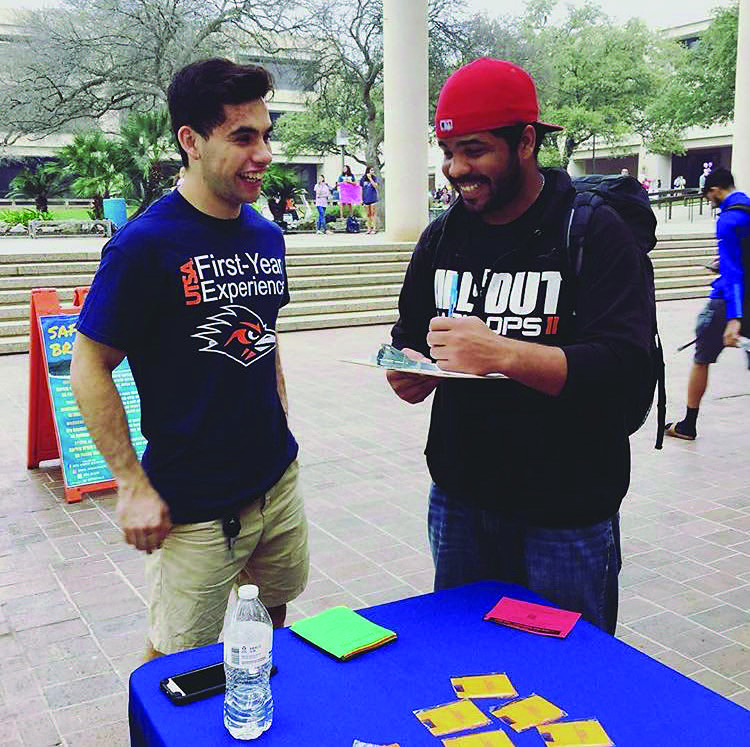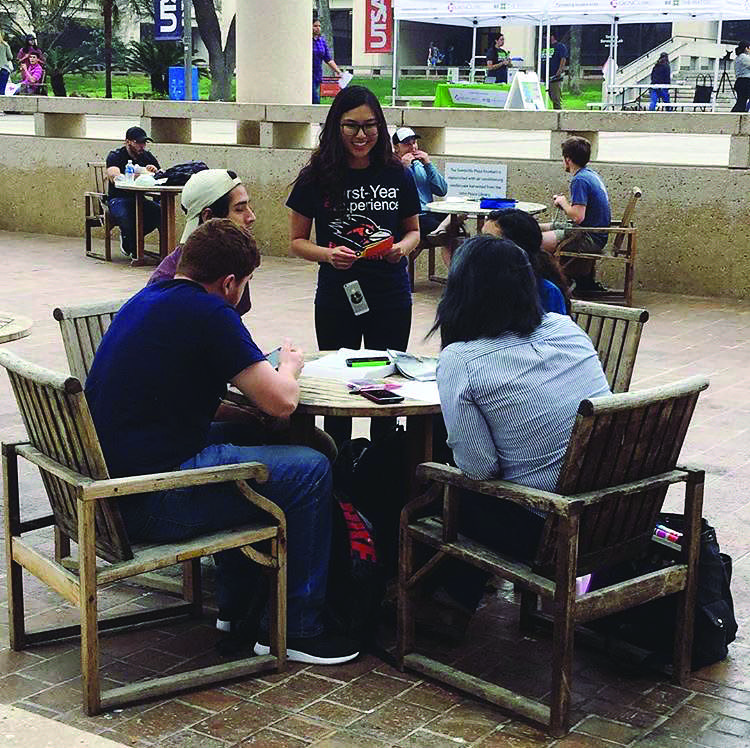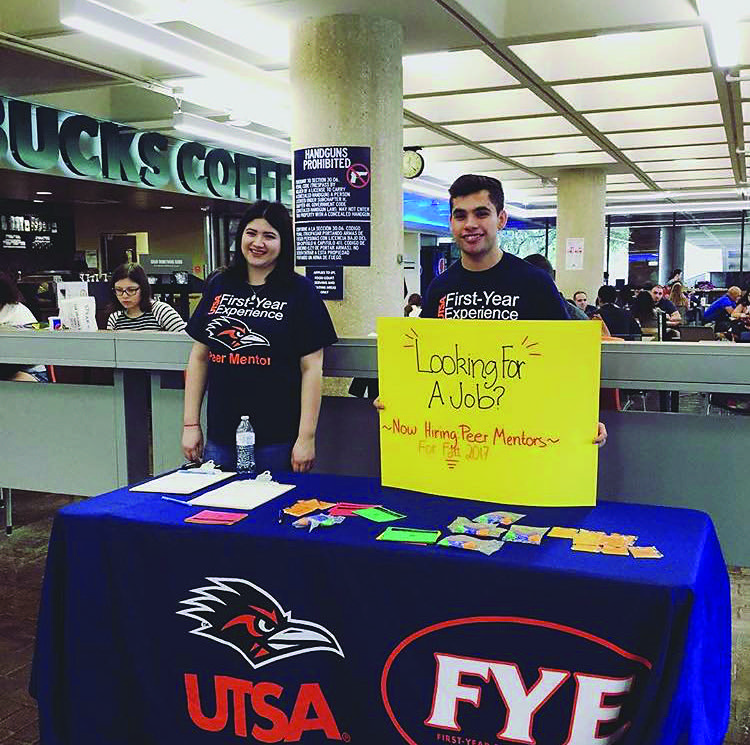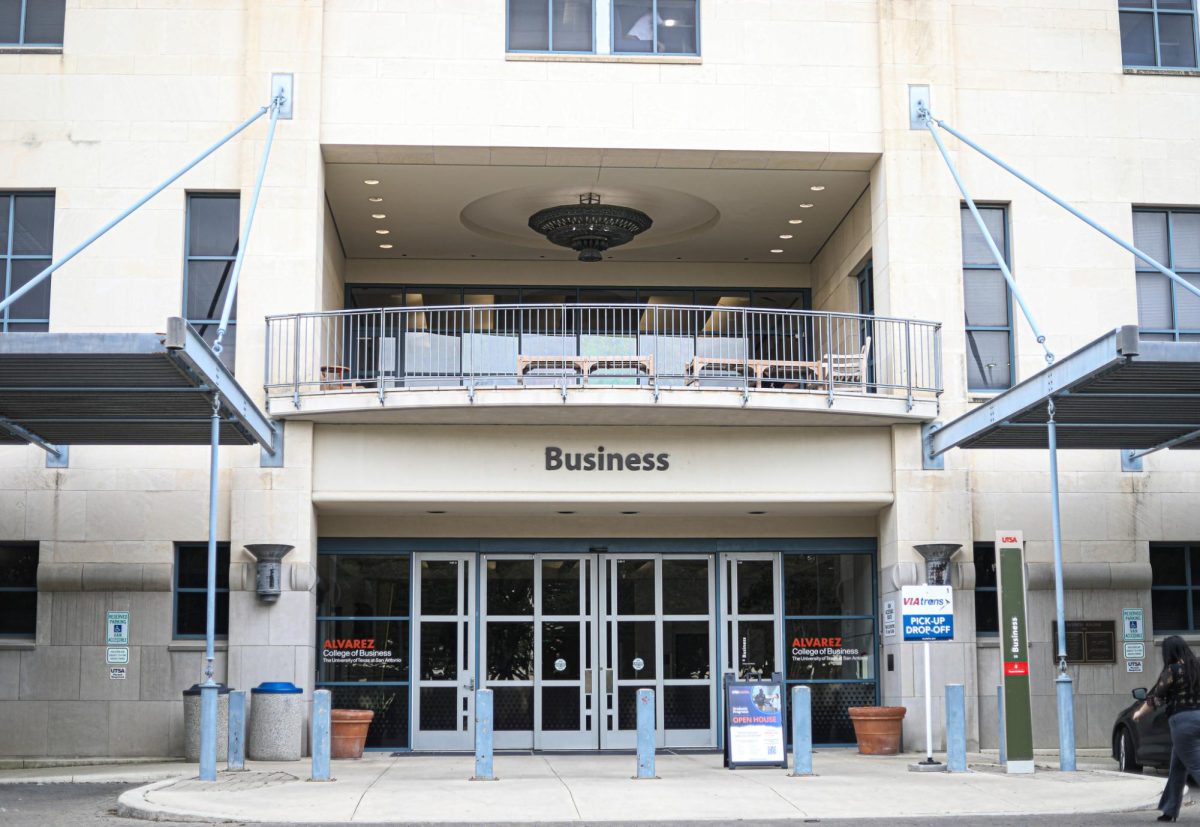In 2016, UTSA’s overall six-year graduation rate was 35 percent, according to a report by the Office of Institutional Research. According to the National Center of Education Statistics, the national six-year graduation rate was 59 percent, based on students enrolling in 2009 and graduating in 2015. First year student retention rates at UTSA were around 76 percent and ranked from average to below average.
The Coordinated and Linked Approaches to Student Success Initiative (CLASS), was announced by Dr. Mauli Agrawal, vice president of academic affairs, set to evaluate and resolve issues of overall student success.
“We measure student success in terms of how many students we retain every year and ensure they graduate successfully so they can go get jobs,” Agrawal said.
The CLASS initiative is modifying and implementing six key elements that Agrawal believes are essential to raising retention and graduation rates as well as to achieve “student success focus.” These are: Advising, First Year Experience, Onboarding, Focused Academic Support, Leadership and Professional Preparation and Financial Aid. Of the six elements, three will have direct impact on freshman and first-year transfer students. One priority of the CLASS initiatives is reworking the first-year experience for UTSA’s students.
Complaints about the Academic Inquiry and Scholarship(AIS) course were frequently heard from those who enrolled via course evaluations. AIS was intended to give first-year students an introduction into research writing. To address the AIS complaints, the First Year Experience (FYE) looked outward to other universities with similar demographics to UTSA. Georgia State mirrored UTSA most similarly; through its minority-majority campus and socioeconomic challenged student body, the demographics of UTSA and Georgia State clicked.
UTSA is currently trying Georgia State’s “meta-major” system to improve UTSA’s first-year experience, or an academic path for students that permits flexibility in core courses, while ensuring their early course credits will count towards their final majors.
“What we are working towards over this next year is trying to identify curriculum that would apply to all or most majors within that academic pathway,” Dr. Tammy Wyatt, associate vice provost of student success, said. “While there is still a choice, it helps to focus the choice for the student so they aren’t taking classes that won’t be applicable to their major.
“Now, there are ten academic pathways ranging from architecture, social sciences, to arts and humanities. However, UTSA plans on expanding in the near future.”

To better assist FYE, AIS is being revised to create a “signature experience.” AIS will tailor students’ education in critical thinking, communication, leadership and career exploration, based on that student’s academic pathway. One example is the business studies pathway. In this pathway, students will compete against other business studies section for a booth at Best Fest. However, the competition will require students to create a marketable idea and explore the items needed in sustaining its “business.” Students in these sections will fall into marketing teams, finance teams, management teams and other categories of study in the College of Business.
Aside from the first year experience, the CLASS initiatives will also focus on leadership and professional preparation. To enhance this key element, Dr. Rhonda Gonzales, along with other key faculty and administrators, focused on “onboarding.”
A plan to help students successfully navigate the university. One key component is LEAD Academy, a program with two subsets, each targeted towards a specific group of students, with the common goal of improving retention and achieving student success. This program is targeted towards incoming freshmen, and providing these students with academic and financial advising, as well as a group learning experience. Each student is enrolled in a blocked schedule which includes two core curriculum courses. Lead I was implemented this summer yielding promising results, as students earned 6 hours of college credit and participated on campus. Lead I received more than $635,000 funding from the UT System.
LEAD II summer program targets students who end their freshman year in academic distress. Lead II provides academic, financial, and peer advising to these students, attending a 3-hour course set to improve overall student success and GPA. Lead II will begin its pilot in summer 2018.
Gonzales worked with faculty and administrators to improve the Leadership and Professional Preparation aspect of the CLASS initiatives. She believes a work study job should be more than just a paycheck for students.
“The skills students need when they leave the university can be interwoven into jobs on campus. Students should leave with an understanding that they are employable and their skills are marketable,” Gonzales says. She believes giving student employees the skills recruiters are looking for is a large piece of increasing the professional preparation at UTSA.
CLASS’s purpose is to increase first-year retention rates of students from 76 percent to 85 percent within five years, and to improve graduation rates from 38 percent to 60 percent, within ten years. With over $3.6 million worth of UT System funding, and “steady success” from reforms, administrators of CLASS such as Wyatt are optimistic about reaching their goal: expanding to further assist student success and establishing a family-oriented culture at UTSA.
“To date, we have the highest enrollment we’ve seen, last year’s students have retained a much larger number,” Wyatt said. “We started to see that immediately after these advising outreaches were going on.”













